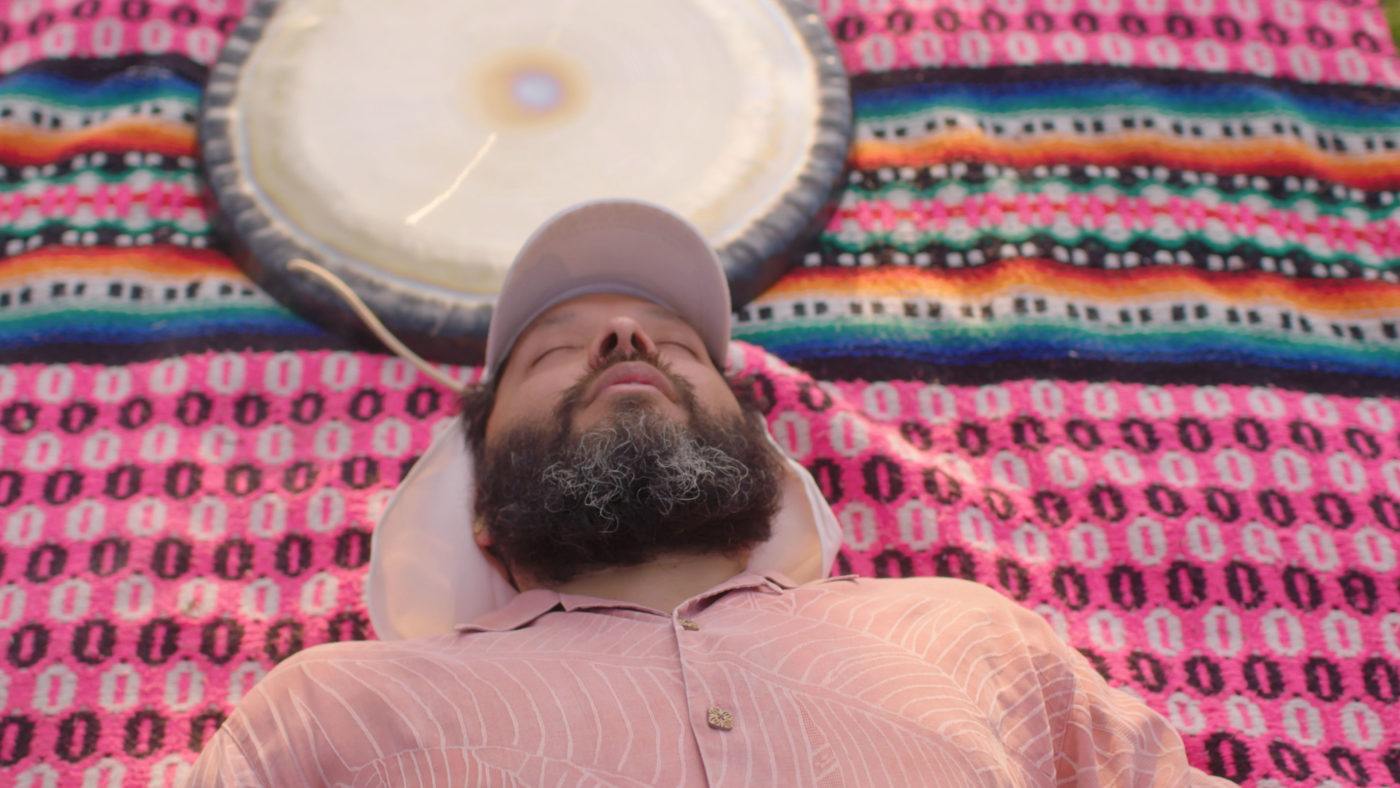Guadalupe Maravilla

Guadalupe Maravilla was born in 1976 in El Salvador and lives and works in Brooklyn, New York. He received a BFA from the School of Visual Arts and an MFA from Hunter College, City University of New York. Maravilla creates intricately layered paintings, large-scale sculptures, and therapeutic performances that draw from his personal history and Central American ancestry. Often resembling mythic creatures or ornate reliquaries, Maravilla’s works examine issues of migration, disease, and generational trauma, while creating new rituals for care, healing, and regeneration.
At age eight, Maravilla was part of the first wave of undocumented unaccompanied children to migrate from Central America to the United States. Today, the artist’s work is a means both to process that experience as well as to create healing spaces that address the harsh realities of migration and immigration. Maravilla juxtaposes indigenous and contemporary forms of knowledge, craft, and language in his work, drawing upon the rich cultural legacies of indigenous and immigrant peoples. For works such as Requiem for my border crossing and my undocumented father’s #6 (2016–18), Maravilla utilizes a childhood line-drawing game, called tripa chuca, to map his border-crossing journey atop images from a sixteenth-century manuscript that charted the migration paths of the original indigenous peoples. The artist invites others who have experienced immigration to collaborate by drawing their own paths. At age thirty-seven, Maravilla overcame colon cancer, prompting him to shift his practice more overtly to the link between trauma and disease and the possibilities for healing through alternative methods. For Maravilla’s series of Disease Throwers (2019–present), the artist builds enormous, shrine-like sculptures composed of anatomical models, loofahs, gongs, found objects, and totemic materials from across Central America. Activated through performance, the Disease Throwers are worn as headdresses or played as musical instruments, emitting sound frequencies that encourage meditative, therapeutic, and healing processes. A teacher and mutual-aid organizer, Maravilla works closely with undocumented and marginalized communities, distributing resources and hosting workshops that provide access to ancient modes of healing, such as herbal medicine, mycology, and sound baths.
Links:
Artist’s website
Videos 1
“Healing can be very difficult and challenging. But having a community that has gone through similar experiences can be really empowering.”
Guadalupe Maravilla

